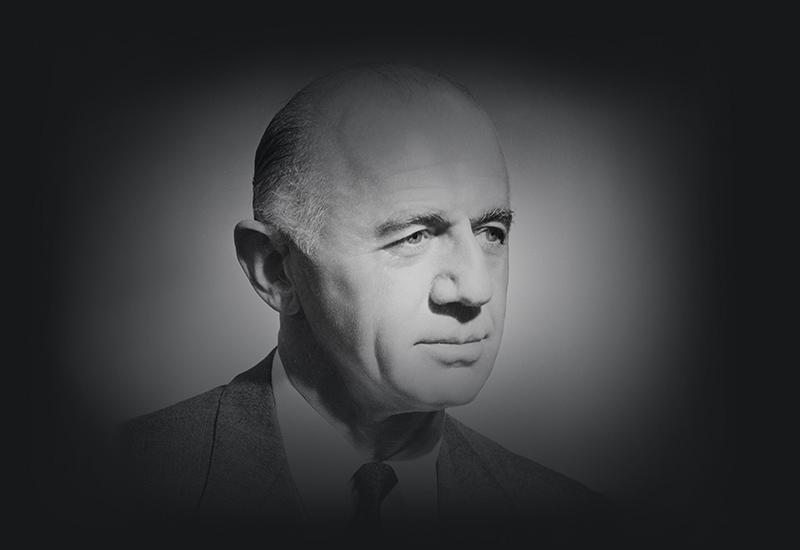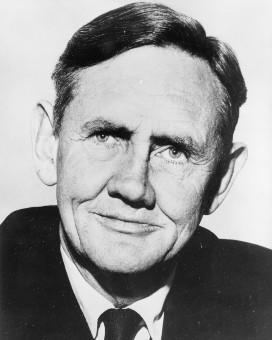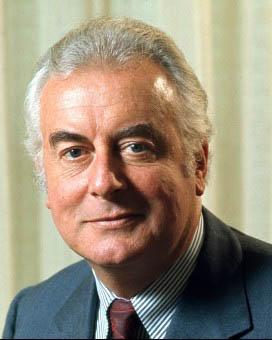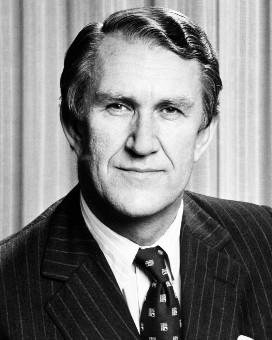Sonia McMahon was prime ministerial spouse for less than 2 years, in 1971–72. She was, however, a ‘political wife’ for 17 years – from her marriage to William McMahon in 1965, until his retirement from politics in 1982.
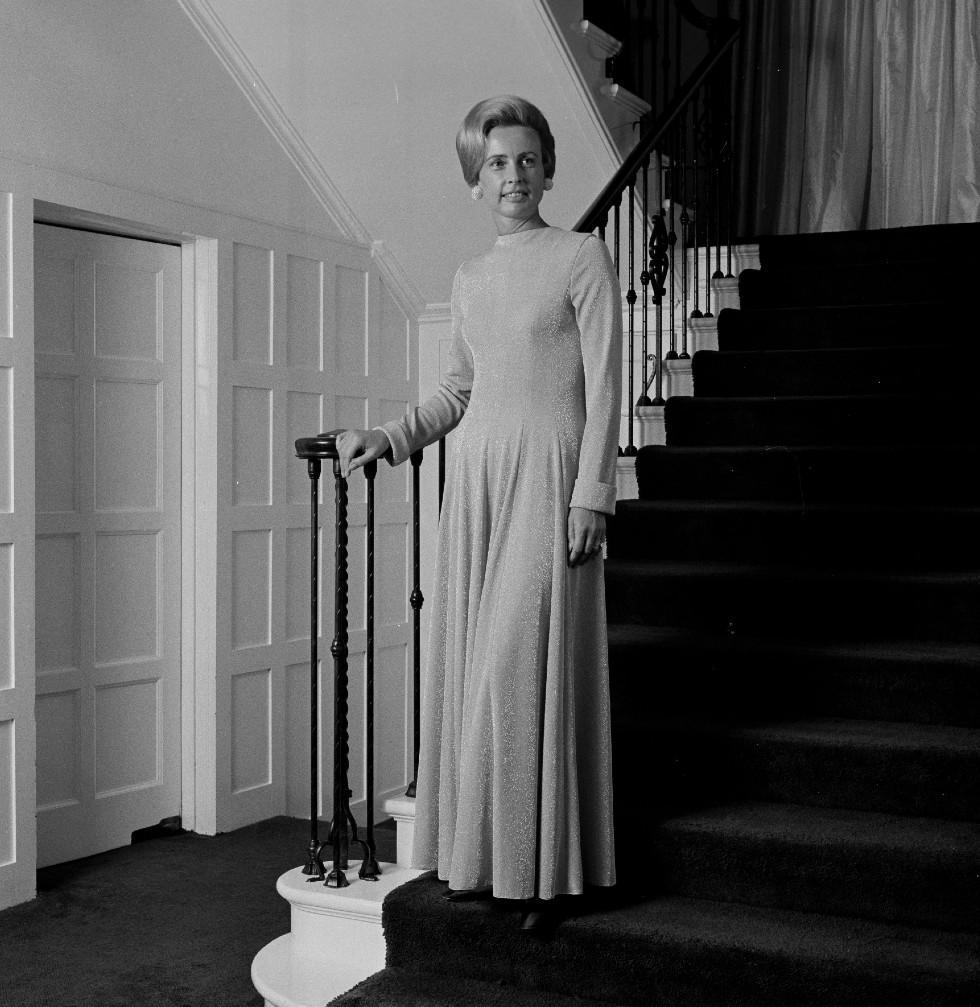
Sonia McMahon poses in the entrance hall of The Lodge in 1971, the panelling still bearing the white gloss finish from Zara Holt’s redecoration 5 years earlier. NAA: A1200, L96496
When the McMahons’ youngest child was born in 1971, Mrs McMahon became the third prime ministerial wife with a newborn baby – Margaret Fisher was the first in 1912 and Enid Lyons the second in 1933.
The McMahon family continued to live in the Sydney suburb of Bellevue Hill, with Mrs McMahon in residence at The Lodge when the duties of her role required her to be in Canberra.
Described as ‘the Prime Minister’s anchor’ because she ‘understood politics’, Mrs McMahon kept close watch on political advantage and problems. She accompanied the Prime Minister on most official travel, including the visit to the United States in November 1971 where she wore a dress then thought very revealing to a White House dinner. The following year, the McMahons visited the Northern Territory, with agitation for land rights a major political issue.
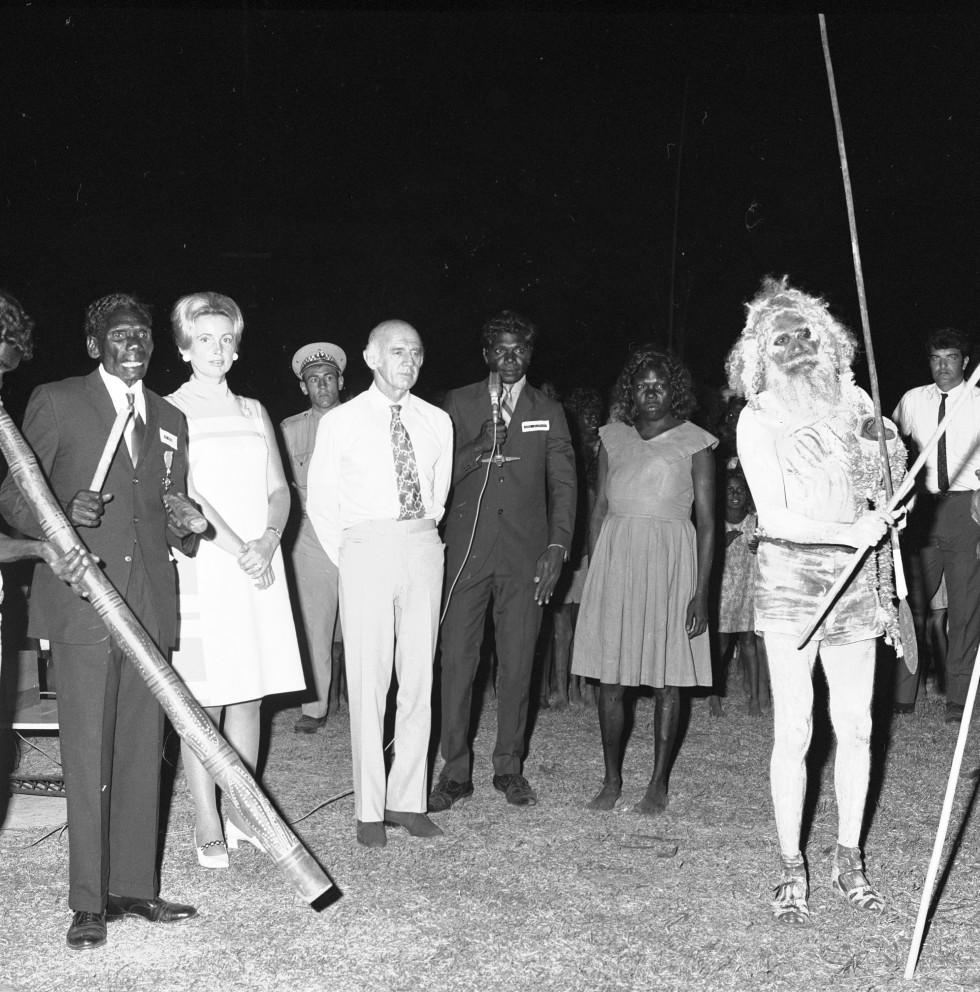
Sonia and William McMahon welcomed by Yolngu people at Yirrkala on their visit to the Northern Territory in 1972. NAA: A6180, 6/7/72/354
An occupational therapist and well-known figure in Sydney social circles when she married, Mrs McMahon retained her interest in social and charity work during her term as prime ministerial wife and after William McMahon died at the age of 80 in 1988. She became Lady McMahon following her husband's knighthood in 1977.
Active as a board member or patron of a range of Australian charities and foundations, including the National Brain Foundation, the Sydney Children’s Hospital Foundation, the Australian Cancer Research Foundation, the Microsearch Foundation and Australia’s Sudden Infant Death Syndrome Association, Lady Sonia remained a familiar figure in Sydney society. She was frequently photographed at charity and celebrity events, sometimes escorted by their actor son Julian. She died in April 2010.
Sources
- Howson, Peter, The Howson Diaries: The Life of Politics, Viking Press, Melbourne, 1984.
- Woman’s Day, 29 March and 10 May 1971.

